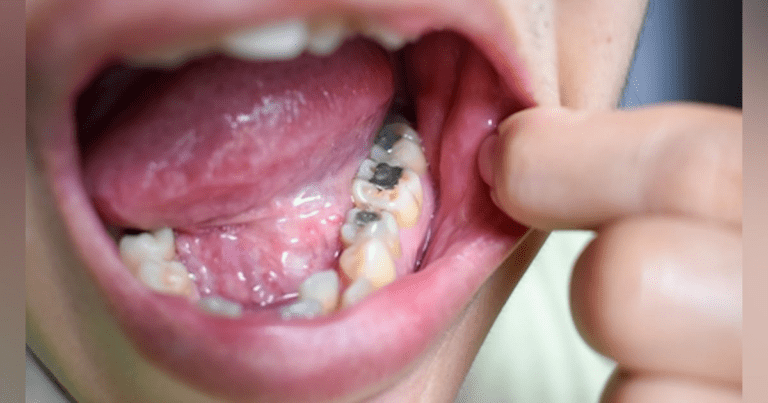A study on the use of dental amalgam in fillings used in the US shows a decrease of up to 73% in posterior teeth from 2017-2022, and that less than 6% of dental fillings in posterior teeth in 2022 consisted of dental amalgam — but this amalgam use may vary by population.
The Epic Research study analyzed 1,346,918 posterior tooth filling encounters over this five-year period to assess the percentage of amalgam fillings compared to resin or composite fillings each year, concluding that the percentage of amalgam fillings has decreased from 21.5% of fillings in 2017 to 5.7% of fillings by 2022. He also noted that its use has been declining across all payers, across all age groups, and in rural and urban areas since 2017, but that “patients with the highest social vulnerability are still more likely to receive amalgam fillings.’
Dental amalgam has been used since the 1830s and since then hundreds of millions of people have had amalgam fillings. Concerns about mercury exposure as well as its potential effects on the environment have caused amalgam to be banned for restorations in some countries, including Sweden, Norway and Germany. The study notes that the US and other countries are taking a “phase-out” approach with amalgam restorations as outlined in the Minamata Convention on Mercury, a global treaty to protect health and the environment from the effects of mercury.
You may also be interested in: Mercury and Dental Amalgam Fillings: Pros and Cons
It is also noted that during this time frame from 2017-2022 the use of resin/composite restorations increased from 79.9% in 2017 to 94.5% in 2022.
In groups with the highest social vulnerability—a score associated with key barriers that impede patients’ overall well-being as well as challenges during natural disaster and public health emergencies, according to Danessa Sandmann, MPH, head of operations for Epic Research and co-author of the study—the percentage of people who received amalgam fillings also decreased, but not as much: 58% from 2017, compared to a 73% decrease in the overall rate of amalgam fillings. The difference is due in part to the better longevity of amalgam restorations than restorations using other materials, making amalgam potentially “preferable in patient populations where future follow-up of dental care is less assured,” according to the study.
According to Sandmann, the percentage reduction in amalgam fillings used in very young children is the smallest reduction the researchers found.
“Although patients aged 0-6 make up the smallest proportion of patients receiving fillings, we were surprised to see that this age group had the smallest decrease in amalgam use over the past five years,” said Sandmann. DentistryIQ. “This was particularly interesting given that patients 0-6 are considered high risk for the effects of mercury, according to the FDA.”
Patients aged 15-48 make up the majority of posterior dental fillings and therefore represent the majority of patients with amalgam fillings in the general population. This age group also had the greatest decrease over time in the proportion of fillings using amalgam.
Overall, Sandmann said, “While we are encouraged by the overall decrease in the use of amalgam fillings, it is important to understand where there are still differences in amalgam use to help target education and potential interventions where needed, and our study helps achieve that of the target. “
Access to the full study: Amalgam fillings containing mercury account for less than 6% of posterior tooth fillings in 2022


